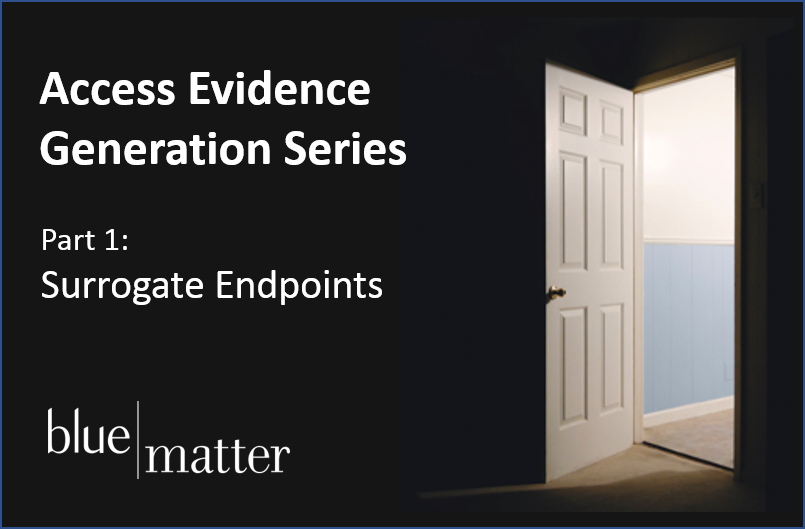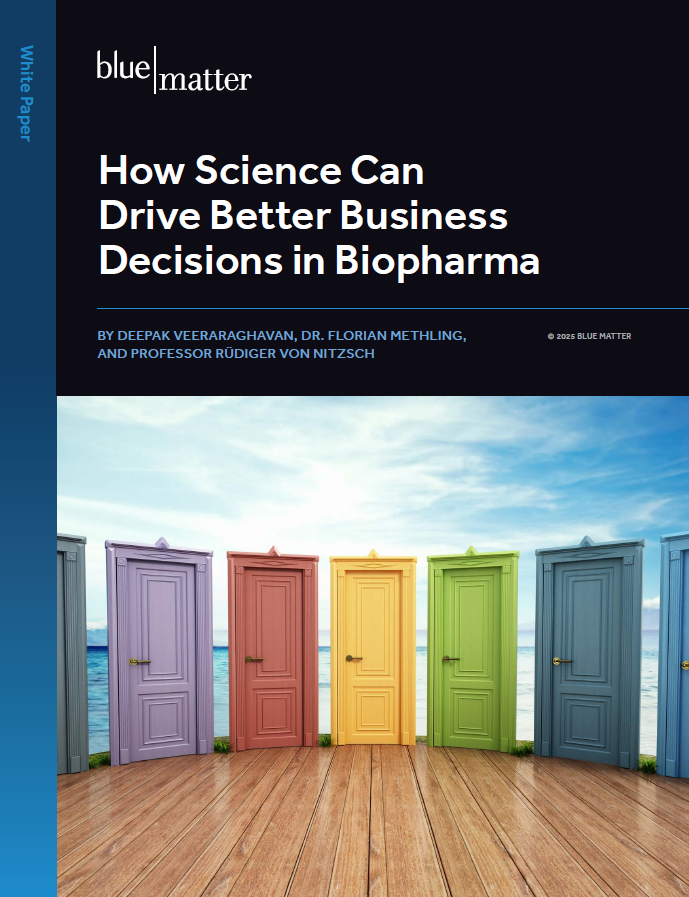
Generating Evidence to Support Market Access
Great evidence planning is the foundation to successful market access. While good pricing and negotiation strategies at launch are essential, pharmaceutical companies can dramatically reduce the effort and risk required by having the “right” data that payers are seeking. In this case, “an ounce of prevention is really worth a pound of cure”.
Given the varied and sometimes ambiguous payer requirements, it is understandable that sometimes pharmaceutical companies find it challenging to 1) understand what payers want many years before launch, and 2) deliver against payer expectations in the context of constrained budgets and timelines.
Evidence generation is also becoming more complex, with more options for clinical trial designs and real-world evidence generation. Delivering breakthrough innovations sometimes requires defining new patient populations, designing and validating new endpoints, or pursuing a new study design.
It is critical that pharmaceutical companies select the best option in terms of delivering value that meet external expectations while reducing development risks, costs, and timelines.
In this series on Access Evidence Generation, we examine specific topics that highlight the complexity that pharma faces, as well as our thinking on how companies can navigate the uncertainty to reach successful access outcomes. It’s a bit different from others Blue Matter has developed. Instead of writing articles for this series, we’ve developed the different installments as detailed slide presentations.
Part 1 – Surrogate Endpoints
Surrogate endpoints are expected to gain greater significance in reimbursement and access decisions, as better diagnosis and treatment turn previously deadly diseases into chronic manageable conditions. However, many challenges exist with surrogate validation, with regulators and different payers having inconsistent requirements.
In this first presentation, we look at the regulatory and payer guidance on this topic, as well as several case studies of successful and not-as-successful surrogate validation. Lastly, we summarize current challenges and steps pharma could take to increase their chances of success with product development via surrogate endpoints.
To access the presentation, click here.





